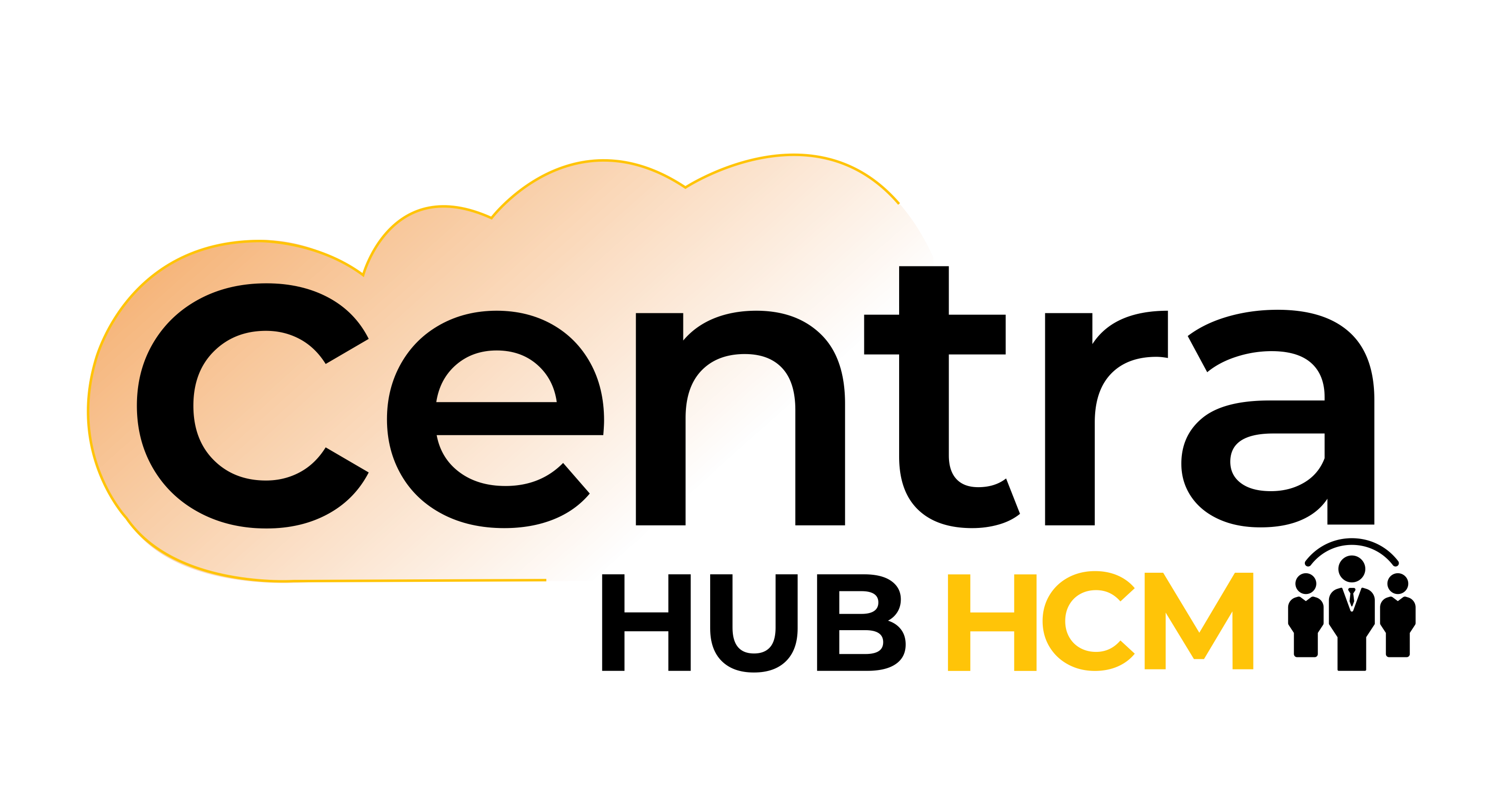What is ERP Integration?
ERP integration refers to the process of connecting various modules and systems within an organization's ERP framework to enable smooth data flow, communication, and collaboration between different business functions. By integrating functions such as finance, human resources, supply chain, manufacturing, sales, and customer service, organizations can break down silos and create a unified platform for data exchange and process automation.
Bridging the Gap between Business Functions
Traditionally, different business functions within an organization operated in isolation, relying on standalone systems or manual processes to manage their operations. This often led to data inconsistencies, duplication of efforts, and hindered communication between departments. ERP integration addresses these challenges by creating a centralized data repository that serves as a single source of truth for the entire organization.
Let's explore how ERP integration is bridging the gap between different business functions:
Seamless data flow
ERP integration ensures that data generated by one function can be seamlessly shared and utilized by other functions. For example, when a sales order is processed, the information flows automatically to the finance department for invoicing and accounts receivable updates. This eliminates the need for manual data entry, reduces errors, and accelerates the order-to-cash cycle.
Enhanced collaboration
By integrating different business functions, ERP systems enable improved collaboration and communication across departments. For instance, sales teams can access real-time inventory information from the warehouse, allowing them to provide accurate delivery timelines to customers. Similarly, finance teams can share financial data with the sales department to facilitate accurate sales forecasting and budgeting.
Streamlined operations
ERP integration enables organizations to streamline their operations by automating processes and eliminating redundant tasks. For instance, when a purchase order is generated, it can automatically trigger a requisition for raw materials in the manufacturing department, optimizing inventory levels and minimizing stockouts. Such automation eliminates manual intervention, reduces cycle times, and enhances overall operational efficiency.
Holistic view of business processes
ERP integration provides a holistic view of an organization's business processes by consolidating data from different functions into a unified dashboard. This enables decision-makers to access real-time information, monitor key performance indicators (KPIs), and make informed decisions based on accurate and up-to-date data. Whether it's tracking sales revenue, analyzing production costs, or evaluating employee performance, ERP functionality supports the holistic management of business processes.
Scalability and flexibility
ERP integration offers organizations scalability and flexibility to adapt to changing business needs. As businesses grow and evolve, the integration of additional functions and modules becomes seamless within a cloud system. Moreover, it can be customized to meet specific requirements and integrated with third-party applications for extended functionality. This adaptability ensures that businesses can continue to bridge the gap between different functions and cater to their unique operational needs.

The Role of ERP Functionality
Integrated ERP systems offer a wide range of functionalities that support the integration of business functions. Some key features include:
Centralized database
Business ERP systems store data in a centralized database, eliminating data duplication and ensuring data consistency across functions. This centralized approach enables efficient data retrieval and analysis.
Workflow automation
ERP systems automate workflows by defining predefined rules and triggers. This streamlines processes, reduces manual intervention, and accelerates decision-making.
Reporting and analytics
ERP systems provide robust reporting and analytics capabilities, allowing organizations to generate insightful reports, dashboards, and performance metrics. This facilitates data-driven decision-making and enables organizations to identify areas for improvement.
Scalability and flexibility
ERP systems are designed to scale with the organization's growth and adapt to changing business needs. They can be customized to meet specific requirements and integrated with third-party applications for extended functionality.
Conclusion
Integrations make ERP systems fully efficient to manage operation across the organizations, empowering them unlock the true potential of their business.
For expert advice, just fill in the form on this page.







